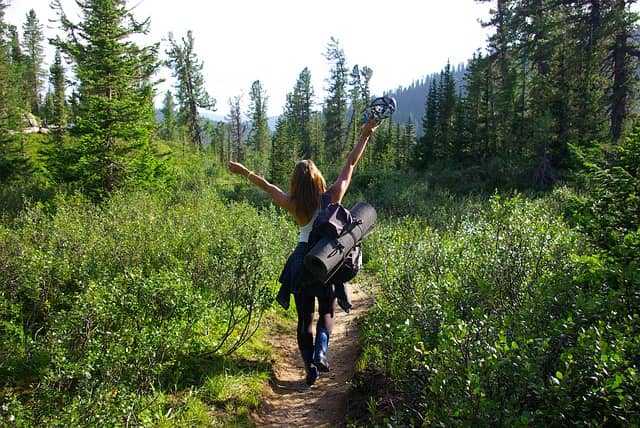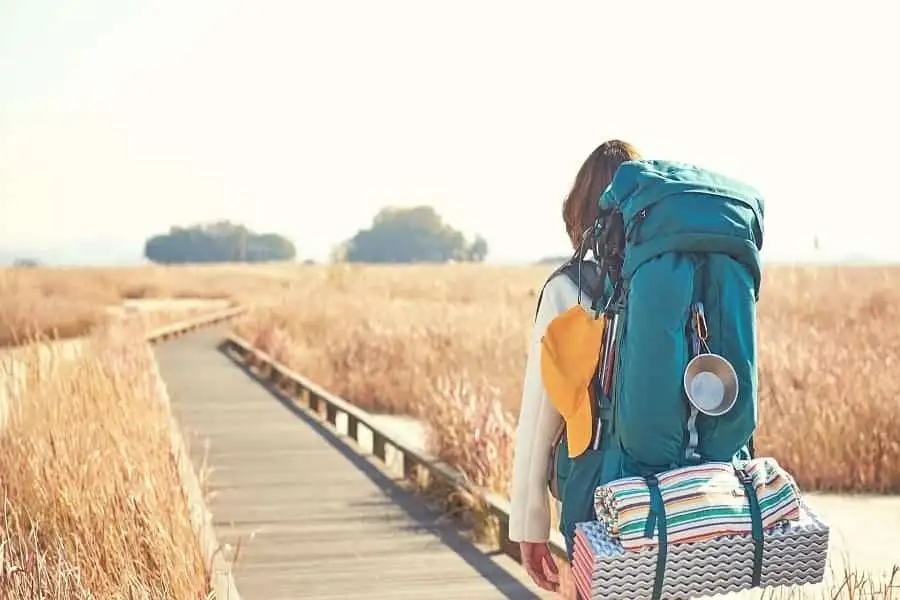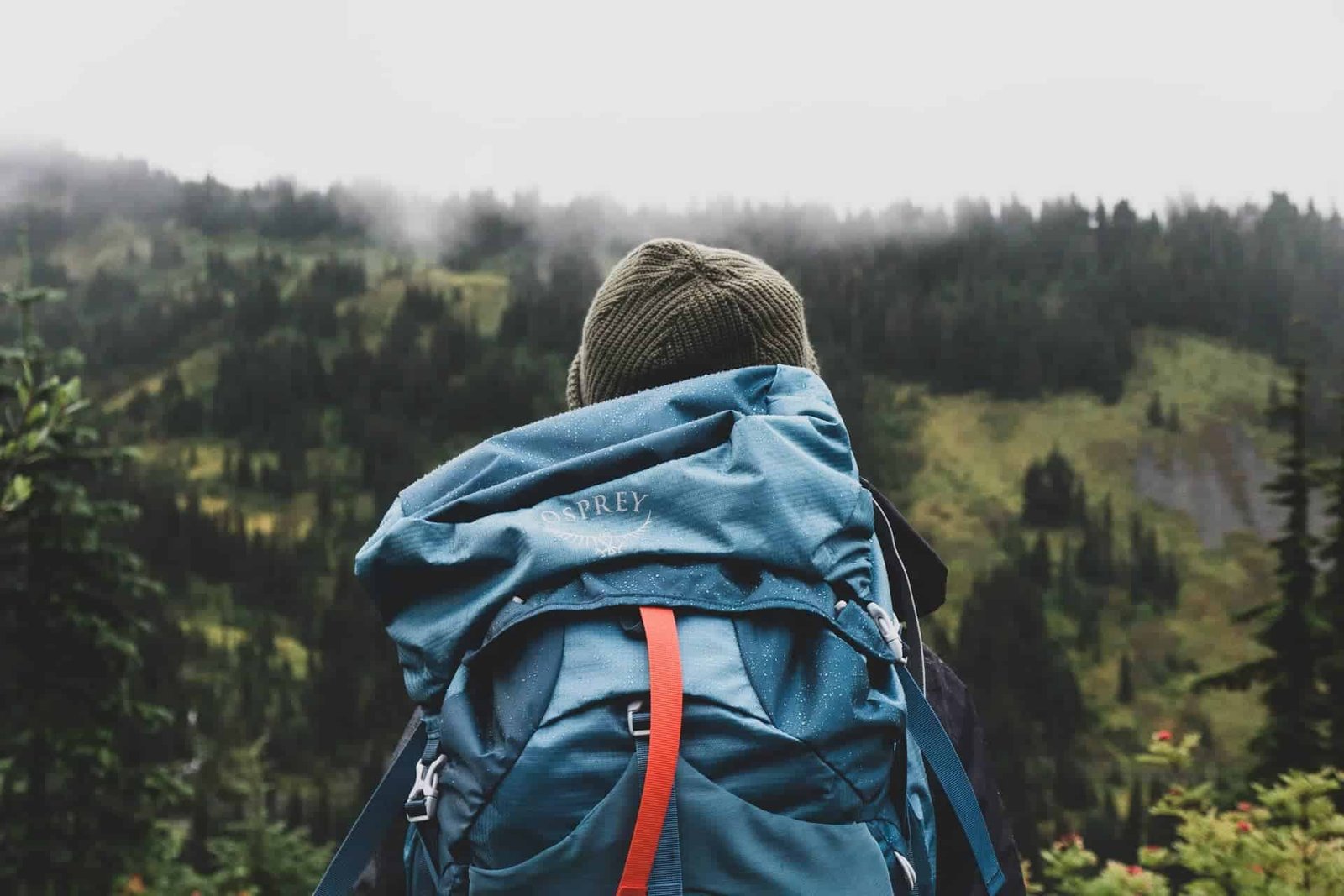Scrambling is often perceived as steep walking although it is more like rock climbing minus experience or technical equipment. It is clustered in different grades depending on the difficulty of a climb. Just like any other form of hiking, scrambling is a great way to loosen up and have an awesome time in the jungle. Owing to the intensity of the efforts pumped in, it is a remarkable form of work out too. Likewise, scrambling takes you to high mountains or hilltops which offer an exceptional view of the natural surroundings in the jungle. Let us delve into more information about what is scrambling in hiking.
Basic scrambling skills
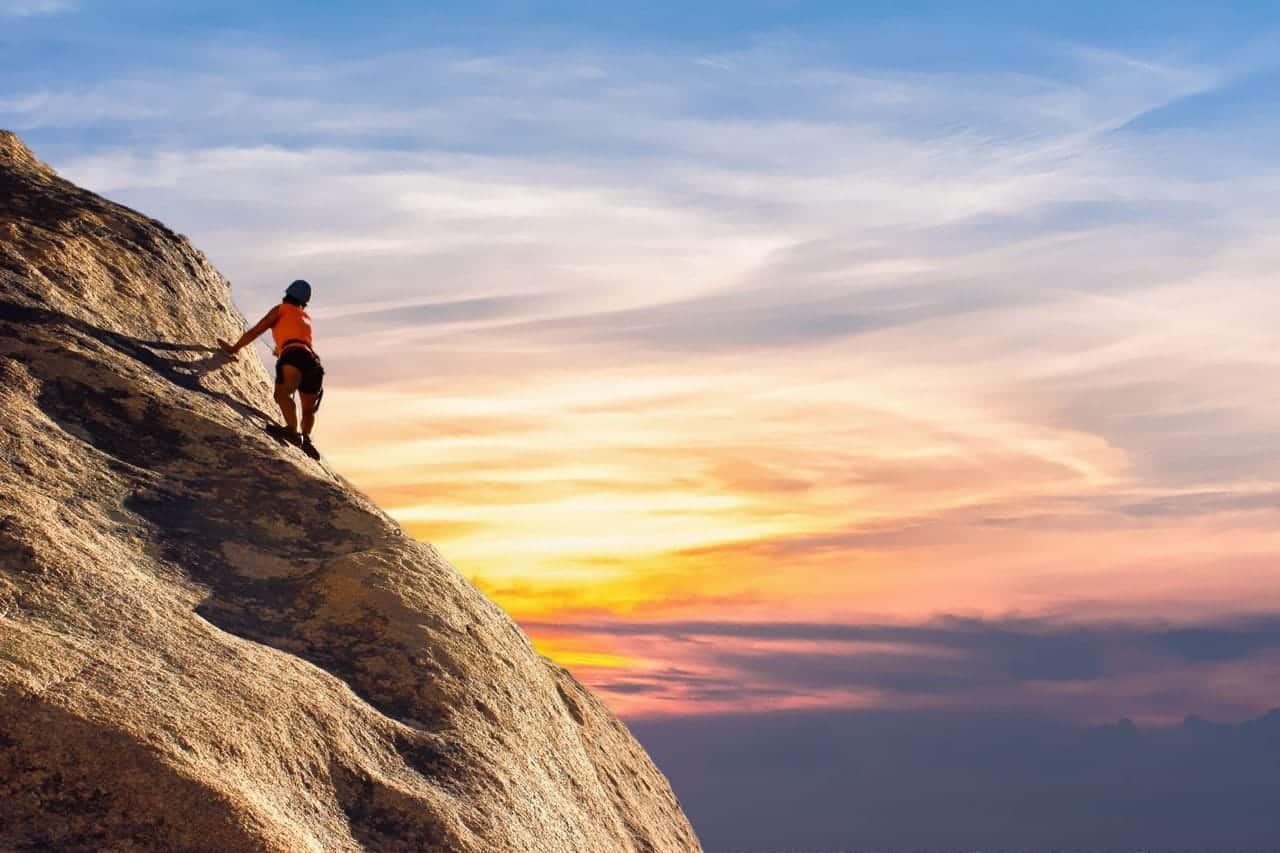
You need a wide range of skills to stay safe and make the most out of scrambling.
1. Observe your balance
For optimal balance, you need your hands and feet. They form the three areas of contact that ought to be maintained at all times. The three contact points come in handy when ascending because trekking poles do not offer sufficient stability. Another crucial aspect that boosts balance is weight. Take time while transforming weight from one foot to another. Aside from that, it is vital to keep your center of gravity as low as possible. Similarly, ensure that your feet are placed on the driest surfaces to avoid sliding that could mess up your balance.
2. Route-finding skills
Your scrambling ability is anchored on your route-finding skills. Finding your way in the jungle is a piece of cake when you are equipped with excellent navigation skills. Most people rely on compasses, maps, or hiking GPS are not quite reliable. However, you need to find the safest routes along ridges and cliff bands.
3. Do not make irreversible moves
You are discouraged from climbing into any situation that will be difficult to disembark from. Overcommitting is likely to lead you off-route. It is safe to avoid any move that you find hard as it may be harder to retrace your steps.
4. Take note of mountain hazards
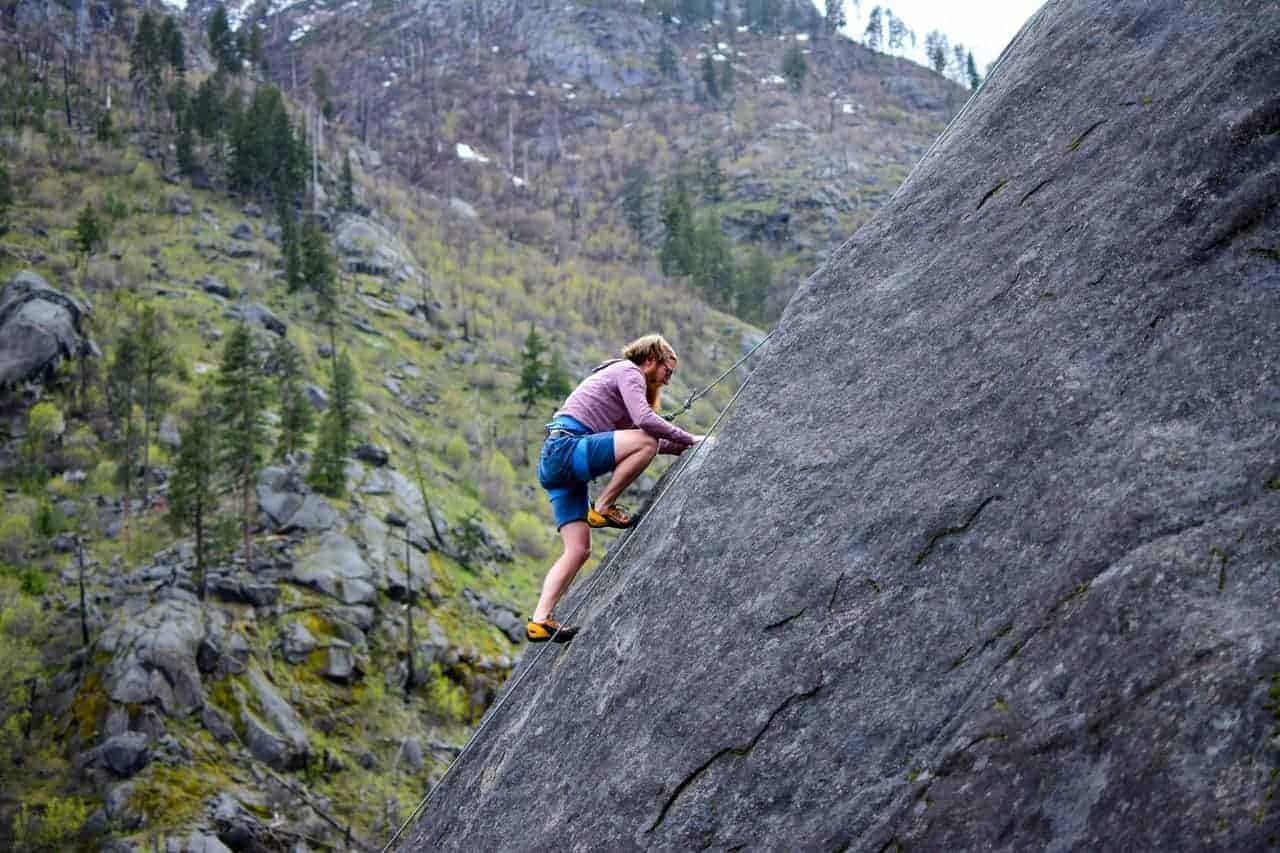
Image Source: Pexels
Loose rock and lightning are some of the hazards that you are bound to encounter on your scrambling expedition. The mountain terrain is a tricky one. Watch the hikers above, determine if the surface is wet, and know when you are exhausted. Adequate risk assessment is paramount if you are to get through the course unharmed.
5. Pack your gear accordingly
The importance of packing hiking gear appropriately goes without saying. Apart from making your packages easy to carry around, proper packing guarantees safety for your essentials. It is advisable to pack the heaviest items at the bottom. This system creates a lower center of gravity and offers a steady balance. One of the key essentials in scrambling is a pair of gloves. You will need that when tackling rough and painful surfaces.
6. Test your gear
It is mandatory to test the efficiency of your gear before swinging into action. This is particularly essential for your footholds and handholds. Apart from the gear, test the surface to ensure that it is stable and sturdy enough to accommodate your weight.
7. Bring along some company
Everyone will agree that hiking in a group is fun. Another bright side of hiking alongside some company is to boost your safety. Bringing at least one friend along will boost your confidence when scrambling. You have peace of mind knowing someone has your back in the event of anything too. As a matter of fact, it is wise to have someone with more experience. It is easier to avoid costly mistakes with an extra set of eyes or muscles.
8. Watch the weather
Weather is a major element when it comes to outdoor activities and scrambling is not exceptional. This is particularly crucial for beginners. Dry conditions are recommended for first-timers. Wet conditions elevate the difficulty of scrambling as it is more skewed towards climbing than walking. Furthermore, surfaces are slippery under wet conditions. This is likely to affect grip and balance which is prime now that no safety gear is involved. With that in mind, it would be wise to take note of prevailing weather conditions before venturing onto any scrambling route.
9. Do not rush
Hiking enthusiasts will agree that you are better late than never when it comes to scrambling. This applies to both experts and beginners. Contrary to what the name may suggest, scrambling should be done cautiously considering that minimal safety gear is incorporated. A fall from extreme heights may be fatal.
FAQs
More FAQs about scrambling are detailed below:
Is scrambling dangerous?
First of all, it is done with very little safety gear like ropes and helmets. This puts hikers at great risk in case of an accident. Aside from that scrambling is mostly done on rocks and mountains which are characterized by numerous hazards such as loose rocks and bad weather. Slippery surfaces are dangerous as well. In simple terms, hiking is not a walk in the park.
What is a Class 3 scramble?
It involves moderate climbing on different levels of exposure. A class 3 scramble is often done on rugged terrain and averagely steep slope. This type of climb does not incorporate ropes. Hands are used instead.
What is scree hiking?
To begin with, a scree is a surface characterized by rock debris and small stones. These rocks and small stones are usually piled at the base or on the slopes of a mountain. The scree surface is not firm. Hiking down over scree is like surfing downhill. Hiking up over the scree is a little difficult as the rocks keep sliding backward. Tackling it in a zigzag manner is better.
What is the antonym of scramble?
Unscramble
What is a Class 4 scramble?
It is basically simple climbing usually with the help of a rope. Nonetheless, it involves exposure and a fall in a class 4 scramble is life-threatening.
What is 4th class climbing?
It is all about steeper scrambling on small holds with ropes involved in most cases.
What is a Class 3 hike?
It features rugged terrain. On top of that, hands are utilized in scaling the terrain but some element of exposure is created by the steep slope. Minimal to no protection may result in serious injuries if things go south.
What does 5.12 mean in climbing?
It is a Yosemite Decimal System (YDS) grade that describes the difficulty of a climb. The second number, which runs from 2-to 15, outlines the level of difficulty within holds and moves involved in a climb.
Conclusion
As much as scrambling possesses an increased element of risk, it is a brilliant way to unwind if conducted in the right manner. It is a perfect getaway from your ordinary hiking drill.


